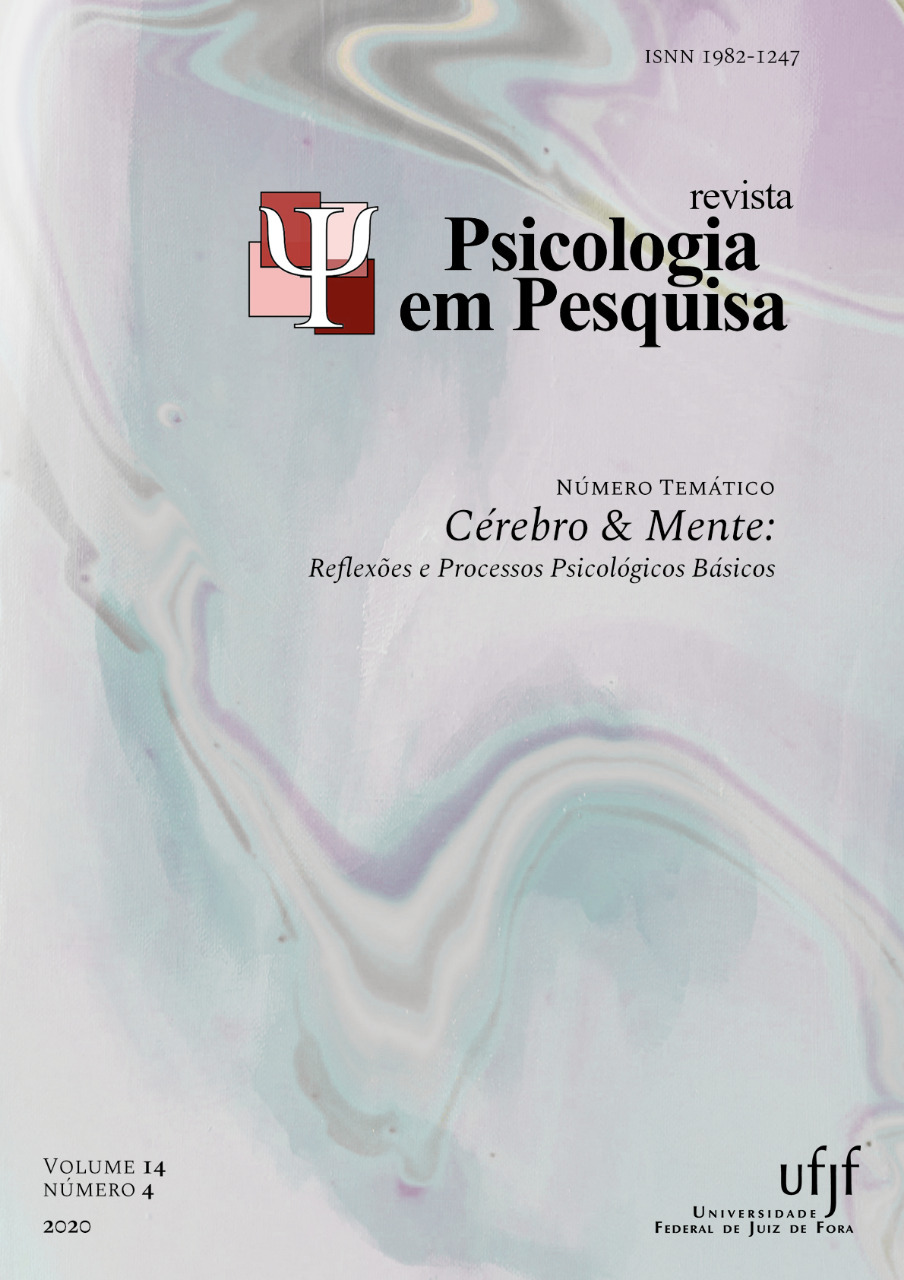La “neurociencia” en crisis
DOI:
https://doi.org/10.34019/1982-1247.2020.v14.27597Resumen
Este ensayo busca caracterizar la crisis que afecta a la neurociencia, así como tratar de mapear sus posibles causas. Al final, se proponen posibles soluciones, que experimentan un cambio en la forma de evaluar los proyectos de investigación, abandonando la pregunta mente-cuerpo, la extinción del término neurociencia y la propuesta de que la ciencia que estudia el sistema nervioso reanude sus orígenes, su objeto de estudio y volver a ser una ciencia natural.
Descargas
Los datos de descargas todavía no están disponibles.
Citas
Eklund, A., Nichols, T. E., & Knutsson, H. (2016). Cluster failure: Why fMRI inferences for spatial extent have inflated false-positive rates. Proc Natl Acad Sci U S A, 113(28), 7900-7905. doi:10.1073/pnas.1602413113
Fiedler, K. (2011). Voodoo Correlations Are Everywhere-Not Only in Neuroscience. Perspect Psychol Sci, 6(2), 163-171. doi:10.1177/1745691611400237
Kriegeskorte, N., Simmons, W. K., Bellgowan, P. S., & Baker, C. I. (2009). Circular analysis in systems neuroscience: the dangers of double dipping. Nat Neurosci, 12(5), 535-540. doi:10.1038/nn.2303
Legrenzi, P., & Umiltà, C. (2011). Neuromania: on the limits of brain science. New York: Oxford University Press.
Logothetis, N. K. (2008). What we can do and what we cannot do with fMRI. Nature, 453(7197), 869-878. doi:10.1038/nature06976
McCabe, D. P., & Castel, A. D. (2008). Seeing is believing: the effect of brain images on judgments of scientific reasoning. Cognition, 107(1), 343-352. doi:10.1016/j.cognition.2007.07.017
Miller, G. (2008). Growing pains for fMRI. Science, 320(5882), 1412-1414. doi:10.1126/science.320.5882.1412
Poldrack, R. A. (2008). The role of fMRI in cognitive neuroscience: where do we stand? Curr Opin Neurobiol, 18(2), 223-227. doi:10.1016/j.conb.2008.07.006
Racine, E., Bar-Ilan, O., & Illes, J. (2005). fMRI in the public eye. Nat Rev Neurosci, 6(2), 159-164. doi:10.1038/nrn1609
Ramani, D. (2009). The brain seduction: the public perception of neuroscience. Journal of Science Communication, 8(4), L01-L08. doi:10.22323/2.08040101
Uttal, W. R. (2001). The new phrenology: the limits of localizing cognitive processes in the brain. Cambridge: MIT Press.
Vul, E., Harris, C., Winkielman, P., & Pashler, H. (2009). Puzzlingly High Correlations in fMRI Studies of Emotion, Personality, and Social Cognition. Perspect Psychol Sci, 4(3), 274-290. doi:10.1111/j.1745-6924.2009.01125.x
Weisberg, D. S., Keil, F. C., Goodstein, J., Rawson, E., & Gray, J. R. (2008). The seductive allure of neuroscience explanations. J Cogn Neurosci, 20(3), 470-477. doi:10.1162/jocn.2008.20040
Fiedler, K. (2011). Voodoo Correlations Are Everywhere-Not Only in Neuroscience. Perspect Psychol Sci, 6(2), 163-171. doi:10.1177/1745691611400237
Kriegeskorte, N., Simmons, W. K., Bellgowan, P. S., & Baker, C. I. (2009). Circular analysis in systems neuroscience: the dangers of double dipping. Nat Neurosci, 12(5), 535-540. doi:10.1038/nn.2303
Legrenzi, P., & Umiltà, C. (2011). Neuromania: on the limits of brain science. New York: Oxford University Press.
Logothetis, N. K. (2008). What we can do and what we cannot do with fMRI. Nature, 453(7197), 869-878. doi:10.1038/nature06976
McCabe, D. P., & Castel, A. D. (2008). Seeing is believing: the effect of brain images on judgments of scientific reasoning. Cognition, 107(1), 343-352. doi:10.1016/j.cognition.2007.07.017
Miller, G. (2008). Growing pains for fMRI. Science, 320(5882), 1412-1414. doi:10.1126/science.320.5882.1412
Poldrack, R. A. (2008). The role of fMRI in cognitive neuroscience: where do we stand? Curr Opin Neurobiol, 18(2), 223-227. doi:10.1016/j.conb.2008.07.006
Racine, E., Bar-Ilan, O., & Illes, J. (2005). fMRI in the public eye. Nat Rev Neurosci, 6(2), 159-164. doi:10.1038/nrn1609
Ramani, D. (2009). The brain seduction: the public perception of neuroscience. Journal of Science Communication, 8(4), L01-L08. doi:10.22323/2.08040101
Uttal, W. R. (2001). The new phrenology: the limits of localizing cognitive processes in the brain. Cambridge: MIT Press.
Vul, E., Harris, C., Winkielman, P., & Pashler, H. (2009). Puzzlingly High Correlations in fMRI Studies of Emotion, Personality, and Social Cognition. Perspect Psychol Sci, 4(3), 274-290. doi:10.1111/j.1745-6924.2009.01125.x
Weisberg, D. S., Keil, F. C., Goodstein, J., Rawson, E., & Gray, J. R. (2008). The seductive allure of neuroscience explanations. J Cogn Neurosci, 20(3), 470-477. doi:10.1162/jocn.2008.20040
Descargas
Publicado
2020-10-24
Número
Sección
Número Temático Cérebro & Mente: Reflexões e Processos Psicológicos Básicos















